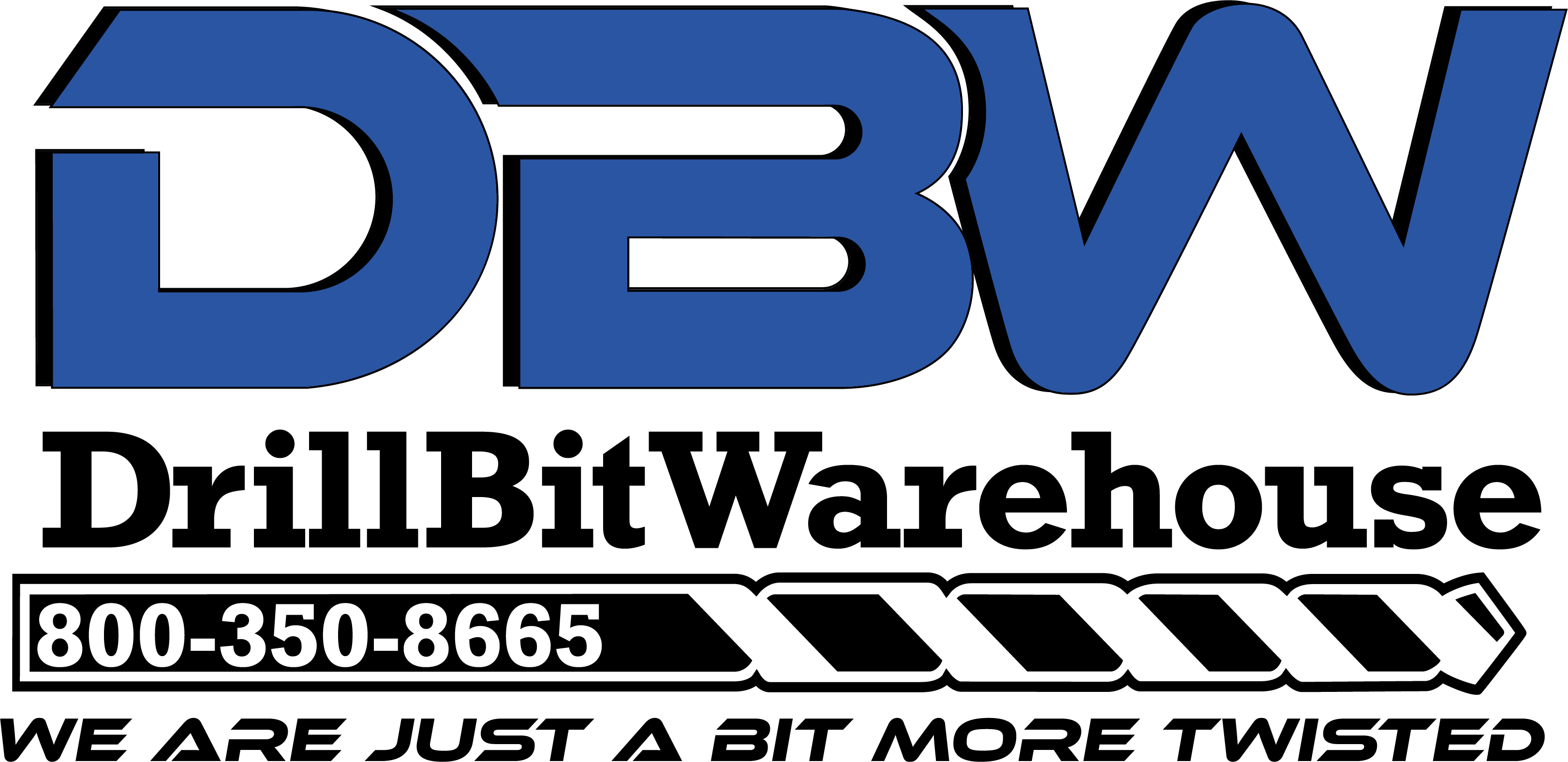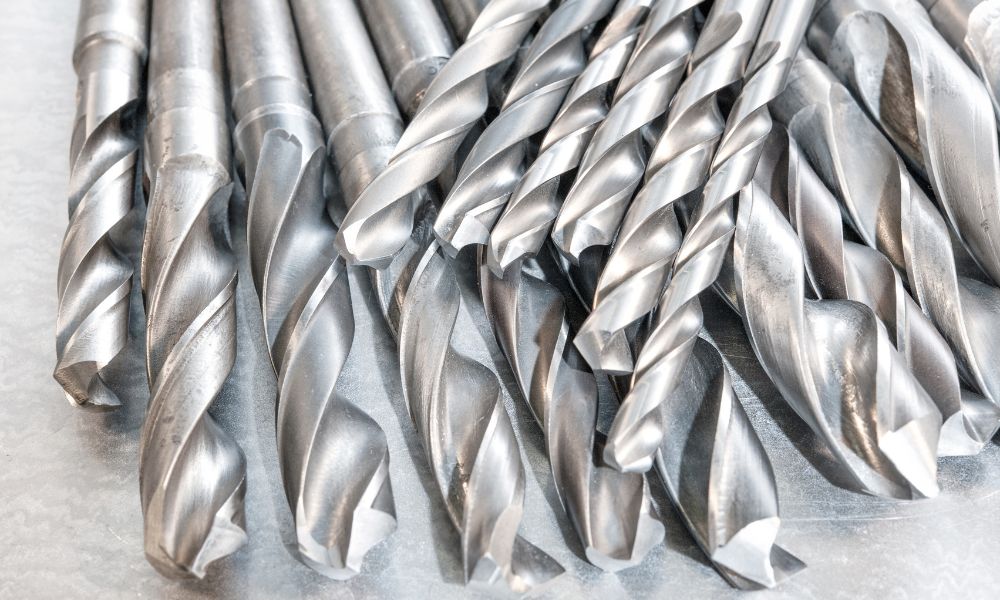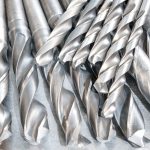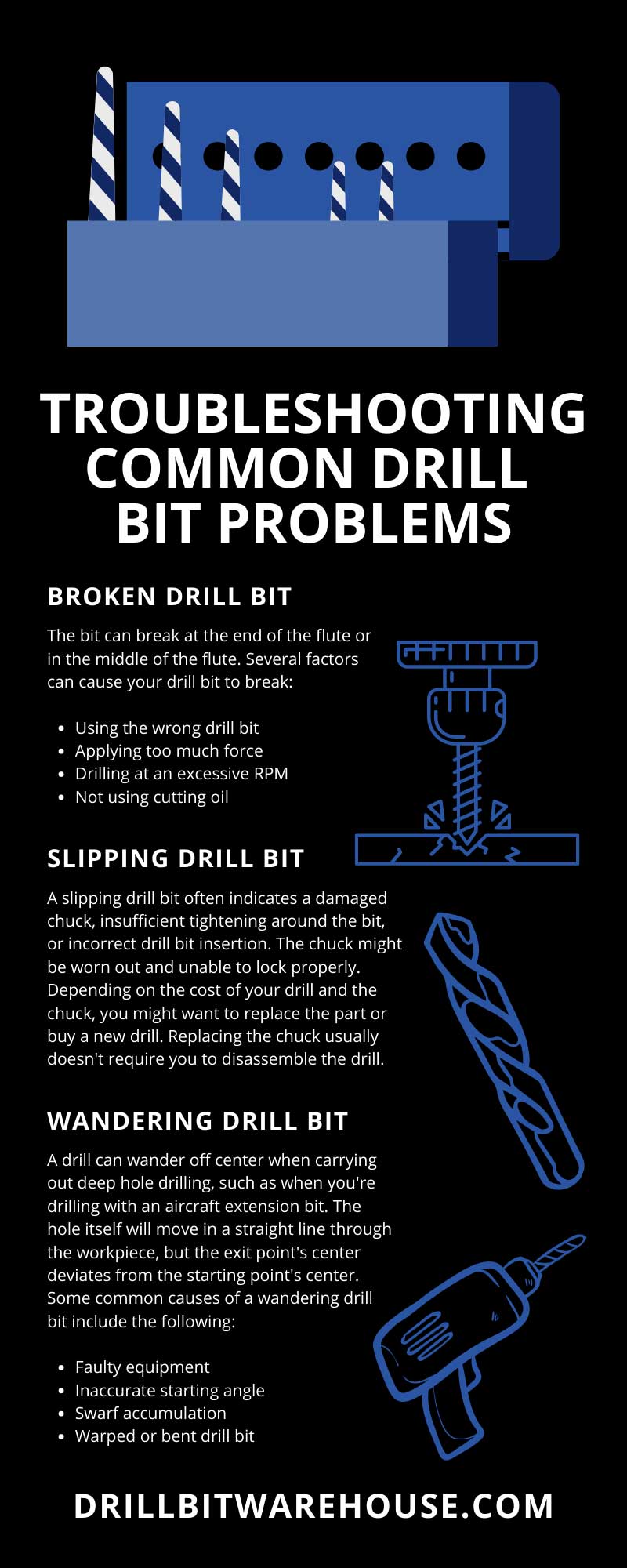Using the wrong drilling techniques or drilling with a damaged drill bit makes it incredibly difficult and time-consuming to machine a workpiece. Avoid some of the most common problems to improve your efficiency and quality of work. Read to learn how to troubleshoot common drill bit problems.
Broken Drill Bit
The bit can break at the end of the flute or in the middle of the flute. Several factors can cause your drill bit to break:
- Using the wrong drill bit
- Applying too much force
- Drilling at an excessive RPM
- Not using cutting oil
You might have selected the wrong drill bit for your workpiece. The bit should be stronger than the material you’re working on. This problem will sometimes cause you to use incorrect techniques, like applying too much thrust or drilling at an excessive speed.
Slipping Drill Bit
A slipping drill bit often indicates a damaged chuck, insufficient tightening around the bit, or incorrect drill bit insertion. The chuck might be worn out and unable to lock properly. Depending on the cost of your drill and the chuck, you might want to replace the part or buy a new drill. Replacing the chuck usually doesn’t require you to disassemble the drill.
Another issue might be that the chuck is dirty and unable to grip the drill bit tight enough. Compressed air is one of the fastest ways to clean the chuck. You can also use a microfiber cloth.
Aside from a problem with the chuck itself, you might not be tightening it enough around the drill bit. You’ll hear a clicking noise with most drills when the chuck locks into place.
Another possible cause for a slipping drill bit is that it’s sitting crooked in the chuck. If the drill bit has a bend in the shank, the drill will have difficulty grasping it. Inspect your drill bits for curves and bends. Replace any misshapen bit with a new one.
Finally, a slipping drill bit might indicate a crooked insertion angle. Usually, when the drill bit is not straight in the chuck, the bit will spin in an uneven pattern. But sometimes, it can get loose and fall out instead.
Wandering Drill Bit
A drill can wander off center when carrying out deep hole drilling, such as when you’re drilling with an aircraft extension bit. The hole itself will move in a straight line through the workpiece, but the exit point’s center deviates from the starting point’s center.
Some common causes of a wandering drill bit include the following:
- Faulty equipment
- Inaccurate starting angle
- Swarf accumulation
- Warped or bent drill bit
A low-quality workpiece material increases the likelihood of wandering because they often have irregularities. And materials that harden during cold machining, like stainless steel, can drive the drill tip off course.
Damaged Point Angle
The drill point angle is the angle between the two cutting edge faces. The tip makes it easier for the bit to enter the work material, reducing the needed thrust. The manufacturer grounds the edges at an angle to increase the tool’s cutting efficiency.
Dropping or mishandling the drill can damage the point angle. But using the wrong drill bit can damage the point angle, too.
The two standard drill bit angles are 118° and 135°. Use the 118° bit for general-purpose drilling of softer metals. The steeper angle of the 118° drill bit makes it weaker than the 135°-bit angle.
The 135° drill point angle is usually used for harder metals. Since the drill is flatter than a 118° angled bit, the cutting lips touch the workpiece surface sooner. While you can sometimes use these bits interchangeably, you should use the right tool for optimal performance.
Depending on your drill bit, you might be able to resharpen it, or you may have to replace it. You can use a grinding stone or drill bit sharpening tool. The drill bit’s point must be exactly in the center of the tip. If it’s off-center, the drill will wander and cut a larger hole than it should.
Inefficient Chip Evacuation
A drill bit performs three actions when cutting. First, it forms chip debris by digging into the metal and pushing up a piece of the material. Next, cutting lips take the chip away from the tip and cut it off the material. Finally, the drill bit’s flutes, or grooves, guide the chip out of the hole.
When chips don’t break down properly, they can become long and wrap around the tool. This problem forces you to frequently stop drilling so you can detangle the swarf from your tool. And poor chip evacuation will ultimately lead to equipment failure.
Adjusting the feed rate is a common way to solve many drill bit problems. Often, you can improve chip breakage by increasing the feed rate. When you increase the feed, you do not want to apply excessive pressure, as this can prematurely wear out your tool.
Another way to address this problem is to adjust your drill speed. If the drill turns too slowly, the chips usually become thicker and less flexible, which makes it harder for the flutes to evacuate the debris. Follow your drill manufacturer’s instructions for operating the machine at the right speed for the material.
Cutting Edge Chipping
Edges on the cutting edge can be caused by runout, which is when the rotating bit doesn’t move in line with the main axis. The inaccurate rotation puts excess pressure on touch points of the drill, causing chipping. Damaged cutting edges create rough, uneven holes.
Another way that you might place too much pressure on the cutting edge is by enlarging an existing hole using only the outer portion of the cutting edge. Correct this issue by using a reduced speed and feed when you begin drilling. Once the edges completely engage the workpiece, you can increase the speed and feed.
Protect your drill bit and workpiece with cutting oil. The oil cools and lubricates the tool for better and safer performance.
Shop with Drill Bit Warehouse for cobalt drill bits for metal. Our drill bits meet ANSI standards, and we carry jobber, stub-screw, and aircraft extension lengths. Shop with us today for durable, heat-resistant drill bits.





